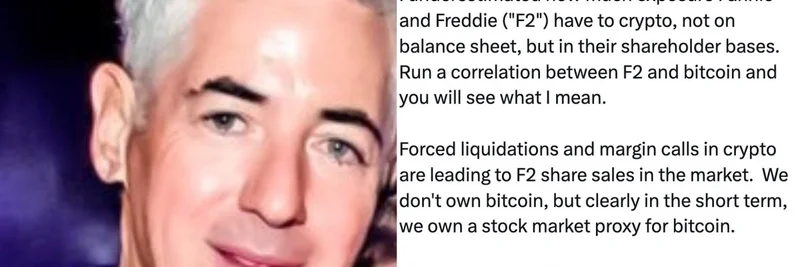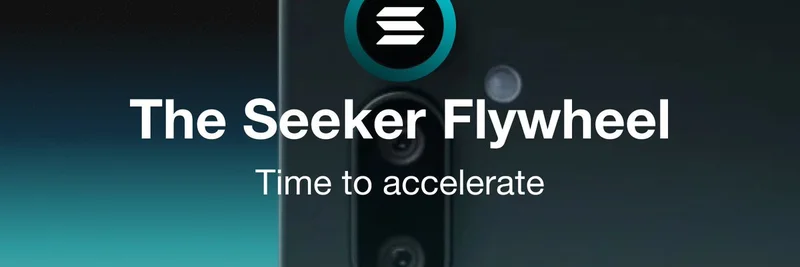BSC News just dropped a solid thread on X highlighting their in-depth guide to Chainlink, the powerhouse oracle network that's way more than just a data fetcher. If you're diving into meme tokens or any blockchain project, understanding Chainlink can give you a real edge. Let's break it down in simple terms, drawing from that guide, and see how it ties into the wild world of memes.
Chainlink kicked off back in 2017, founded by Sergey Nazarov, Steve Ellis, and Ari Juels, with a full launch in 2019. The big idea? Solving the "oracle problem." Blockchains are like sealed vaults—they can't peek outside for real-world info on their own. That's where oracles come in, acting as bridges to feed in data like stock prices or weather updates. But centralized oracles are risky; one hack, and everything crumbles. Chainlink flips the script with a decentralized network, pulling data from tons of independent sources to keep things secure and reliable.
At its core, Chainlink is a decentralized oracle network (DON) that connects blockchains to off-chain data and systems. Imagine smart contracts—the self-executing code on blockchains—needing to know if a sports game ended a certain way to payout bets. Without Chainlink, they'd be blind. It works by having thousands of node operators fetch data from multiple spots, verify it, and aggregate it into one trustworthy output. These nodes stake LINK tokens (Chainlink's native crypto) as collateral, so if they mess up, they lose out. Users pay fees in LINK for this service, keeping the ecosystem humming.
What makes Chainlink stand out aren't just the basics—it's got killer features that supercharge blockchain apps. Decentralized data feeds pull in prices, events, or whatever from various sources. Then there's verifiable randomness, which is perfect for fair lotteries or gaming drops, ensuring no one's rigging the system. Automation lets smart contracts run tasks on autopilot, like triggering payments when conditions are met. And don't forget cross-chain interoperability via CCIP (Cross-Chain Interoperability Protocol), which launched in 2023 and lets tokens and data zip between blockchains without trust issues.
Now, how does this all connect to meme tokens? Meme coins thrive in DeFi spaces, where accurate price feeds from Chainlink prevent flash loan attacks or manipulation—think of those viral pumps and dumps. Many meme projects build on platforms like Ethereum or Binance Smart Chain, using Chainlink for real-time data in DEXs, yield farming, or even meme-themed games with random NFT mints. For instance, in prediction markets (another Chainlink use case), you could bet on the next big meme coin surge. Plus, with CCIP, meme tokens can go cross-chain, boosting liquidity and letting them spread across ecosystems like wildfire.
Beyond memes, Chainlink's use cases are broad: supply chain tracking for transparent merch drops, insurance for crypto volatility, or weather-based triggers for fun apps. In gaming, that verifiable randomness could power meme-inspired loot boxes. And in DeFi, it's the backbone for stablecoins like the new OpenUSDT, which uses Chainlink to move seamlessly across over 30 blockchains.
If you're building or investing in meme tokens, Chainlink's tech is a game-changer for making your projects more robust and connected. Head over to the full guide on BSC News for the deep dive—it's packed with insights that could level up your blockchain knowledge. What's your take on Chainlink in the meme space? Drop a comment or check out more on Meme Insider for the latest token trends.


